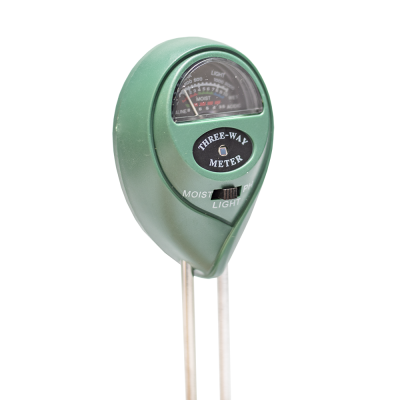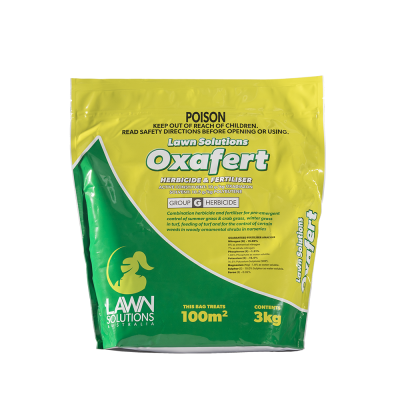Does your lawn have big bare patches of dirt, and do you want to find the best and quickest way to get turf growing there again? In this blog, we look at the best way to fix bare patches in your lawn.
Skip to: How big is the bare patch in your lawn? Matching your new piece of turf with your existing lawn, Preparing your area for new turf, Repairing bare patches with new turf, How do I care for new turf?
How Big is the Bare Patch in Your Lawn?
Generally, if your bare patch is larger than an A4-size piece of paper, it is best to use a roll/slab of turf to patch up the lawn. This will be a much more efficient and quicker method to get your lawn looking its best.
If your bare patch is smaller than an A4 piece of paper, it is best to encourage the surrounding grass to grow and spread back over. For more information on how to do this, please check out our blog here.
Matching Your New Piece of Turf with Your Existing Lawn
In order to get the most seamless match to your existing lawn, you firstly need to know what type of grass your main lawn is. When identifying your lawn type, you will need to look closely at the runner of the grass and analyse the grasses leaf and stolon structure. If you don’t know what to look for when examining your turf, check out our handy grass identification video here or our blog here.
If you are still unsure what type of grass your main lawn type is, get in contact with us or your local turf supplier for an identification.

Preparing the Area for Turf
To prepare the area for turf, you will first need to rake out any of the dry or dead plant material that is currently there. If there are any weeds growing there, you will need to remove them as well. Either pull these out by hand or look at removing them with a non-selective herbicide like Roundup or Zero. When preparing the area, try to make the patch as square as possible to make installing the turf as easy as possible.
Following this, turn over the soil base with a garden fork to help decompact the soil profile. Then if you need to raise the soil levels, bring in some new sandy loam or turf underlay mix.
Repairing the Bare Patch with Turf
After preparing the area, get in contact with your local Lawn Solutions Australia member and pick up the amount of turf you need.
Once you have picked up your turf, it is best to install it as soon as possible. This will prevent the turf from drying out, especially if doing this on a hot day.
Cut the turf to the required size and shape, then lay it over your prepared area. If you have any leftover soil, you can use this and lightly top dress around the joins between your existing turf and the new grass. Water in the turf well, as you would a new lawn.

How Do I Care for the New Turf?
For the next few weeks as the new turf establishes, ensure you are watering regularly to help prevent the roots of the grass from drying out.
For your first mow, it is best to wait till it has had a chance to establish its roots down into the soil base before mowing. You can test if your turf has grown into the soil by gently pulling up a corner of the new turf. If the turf does not lift, it is ready for a mow.
Over the coming weeks post-installation, your new turf patch will be able to knit together with your existing lawn. Ensure you are mowing the area regularly and keep up with regular lawn maintenance to get the most out of your lawn.

For more lawn care tips and advice, make sure you check out our other lawn care blogs here.


